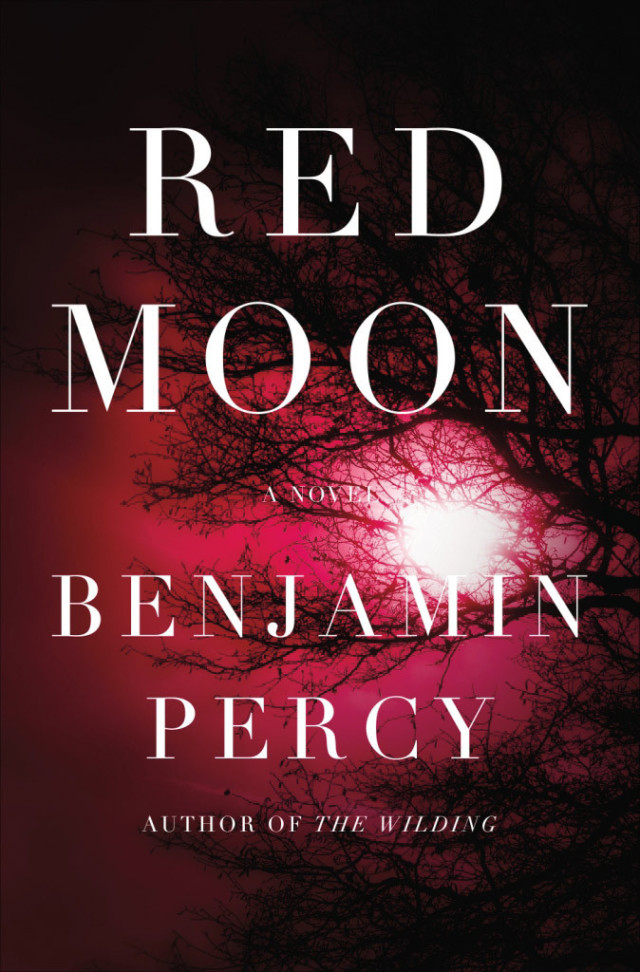Review: Benjamin Percy's 'Red Moon'

While Red Moon might open with a scene well known to many Northwesterners—aboard a flight from San Francisco to Portland—the familiarity ends quickly when a passenger transforms into a werewolf and slaughters the helpless passengers. In novelist Benjamin Percy’s parallel universe, “lycans” live alongside other Americans, dosed up on a mandatory anti-transformation drug called Lupex. (Their “disease” is transferred by blood.) The attack on the airplane, we soon learn, is part of a larger movement of werewolf extremists whose mission is to fight against the West’s oppressive, imperialistic inclinations. Sound familiar?
In his first critically acclaimed novel, The Wilding, Percy took readers on a modern day Deliverance through the untamed landscape outside Bend. Red Moon returns to Oregon to follow the interconnected lives of Chase Williams, governor of the state and anti-lycan activist; Patrick Gamble, the sole survivor of the opening terrorist attacks; and Claire Forrester, the lycan daughter of two prominent, retired lycan revolutionaries. As anti-lycan sentiments and military backlash grow, the trio tumble into each other’s lives.
“The moon glows and casts a sickly light. Claire tries not to look at it. She hates it. She knows how ridiculous it is to hate a spinning ball of rock, but she does ... It reminds her, like a grinning skull, of what she is.”
—Page 113
The language is as sharp as the fangs and claws it describes. “Her skin itches horribly, as if bubbling over with hives, and then the hair bristles from it in a rush,” Percy writes, describing Claire’s transformation. “Her bones stretch and bend and pop, and she yowls in pain, as if she is giving birth, one body coming out of another. She always cries. Tears of blood.”
Place exerts a powerful pull on Percy, who grew up in Bend. The novel makes a careful character of the damp, lush, gothic landscape of the Pacific Northwest, and local landmarks soak their way into Percy’s scenes: from PSU’s Park Blocks to the Sandy River—and even the setting of our own foiled terrorist attack, the Christmas tree lighting at Pioneer Courthouse Square.
But another Grimm this is not. Monster narratives may be in vogue, but Percy’s novel stands out from the pack as an allegorical tale of post-9/11 America that asks serious questions about identity and xenophobia. Here, the werewolf is the ominous Other—unknown, separate, and therefore feared. Call it lycan via Lacan. Red Moon does what good art should: it asks us, without preaching, to interrogate not only the worlds within us, but those around us, too. Benjamin Percy will read at Powell’s Cedar Hills on May 10 at 7.
Head to Portland Monthly's Culturephile blog for our Q&A with Benjamin Percy




